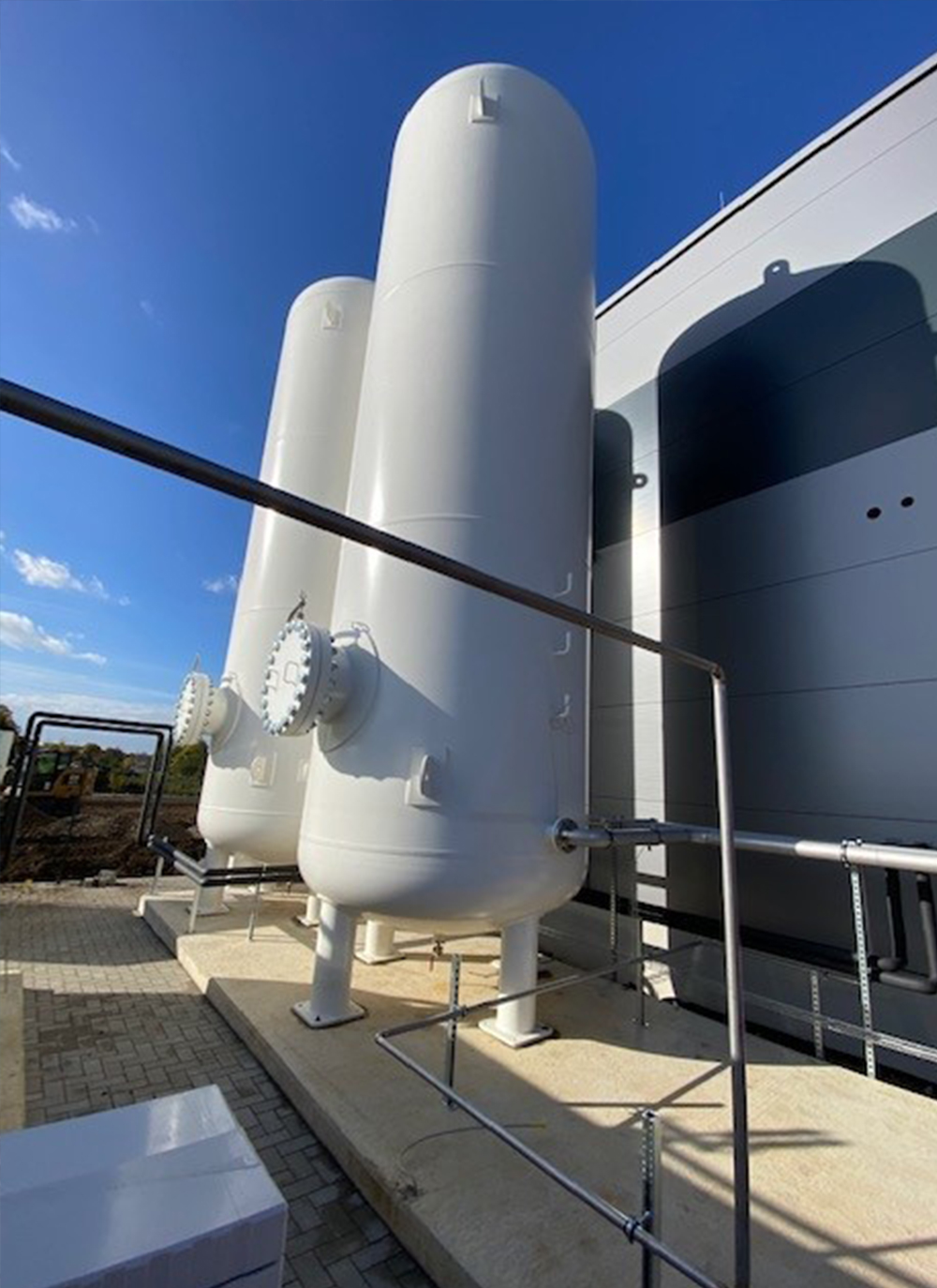
Pressure disinfestation
Today’s consumers have high expectations for the products that they buy. Upon delivery, nearly all raw food materials and dried goods such as grains, rice, tobacco, tea and herbs are contaminated with insects. As a result, they must be disinfested before they are stored and processed.
Pressure disinfestation with carbon dioxide is a reliable and non-toxic process for removing insects, their eggs and their larvae.
During pressure disinfestation, three different mechanisms interact effectively to reinforce the process:
- The carbon dioxide displaces atmospheric oxygen.
- The high pressure also causes the carbon dioxide to react with the water contained within the insects. This generates carbonic acid, which results in acidification.
- When the pressure is released, gaseous carbon dioxide forms within in the insects. It expands rapidly, similar to the effects of decompression sickness.
To achieve the optimum effects in disinfestation, the pressure and the CO2 saturation are adjusted precisely for the respective harmful insects.

The NaturaFood systems make disinfestation particularly economical! In comparison with conventional technologies, the systems use up to 90 per cent less CO2. This significantly reduces operating costs and CO2 emissions. Operators contribute actively to climate protection!
The advantage of pressure disinfestation with carbon dioxide is that CO2 is already present in the atmosphere and, after the treatment, it is completely volatilised. In contrast, when insecticides and poisonous gases are used for disinfestation, traces always remain, which increase any existing level of pollution by adding pesticides.



